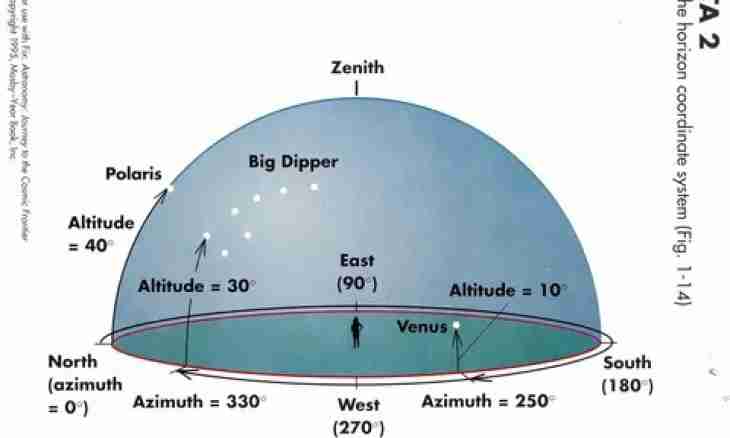Fluorine, or in Greek "destruction", "damage" or "harm" is the 17th element of the periodic table with sign designation F. Its atomic mass – 18.9984032 g/mol. Fluorine belongs to extremely active nonmetals and also is very strong oxidizer and the easiest element from group of so-called halogens.
Instruction
1. Without crystallization plain fluorine represents the diatomic gas of yellow nonsaturated color possessing quite pungent smell similar to chlorine or ozone. The initial name of fluorine - "flyuor" which was given an element, to be exact fluorite (to fluorspar with formula CaF2) at the end of the 15th century. Later, in 1771, the chemist Karl Sheele could receive already fluoric acid. Then, in 1810, existence of fluorine was predicted theoretically, and in 1886 the scientist Henri Moissan emitted fluorine by electrolysis of liquid fluoric hydrogen with impurity of fluoride of the potassium possessing KHF2 formula.
2. Fluorine also is spread in the nature surrounding the person – in the soil, the river, the ocean and also it contains in teeth of mammals. A significant congestion of this element mineral fluorite is considered. Such products as lentil and onions are rather rich with fluorine, and in the soil it is formed, thanks to volcanic gases.
3. Color of this gas – pale yellow. Even in small concentration fluorine is very poisonous and aggressive to the environment. Temperature of melting and boiling of an element – abnormally low that is connected with lack of a d-subtotal and inability to form the one-and-a-half communications usual for other halogens.
4. Fluorine violently interacts practically with all substances known to science except for the fluorides which are in the highest oxidation levels and ftoroplast and also helium, neon and argon. In the conditions of stay at the room temperature several metals because of formation of a dense film of fluoride which, in turn, slows down reaction of metal with this chemical element also are resistant to fluorine.
5. Store fluorine in gaseous natural state under constant pressure or in the liquid state when gas was cooled with liquid nitrogen. The place of storage – devices from nickel or from raw materials on its basis (for example, Monel metal) and also from copper, aluminum, alloys on its basis, brass and stainless steel. This ability to remain just is also caused by that film.
6. Scope of fluorine is very wide. It is used for receiving the freon known as compound coolants; ftoroplast (polymers inert chemically); the gaseous insulator of an elegal (SF6) which is used in electrical equipment; used in the nuclear industry for division of isotopes of uranium of hexafluoride of uranium (UF6); the electrolyte participating in receiving aluminum by an electrolysis method.
